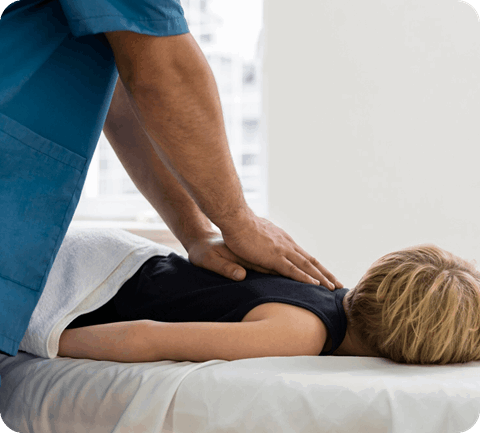Complex Regional Pain Syndrome (CRPS) introduces unique challenges to your daily life. While there isn’t a one-size-fits-all solution, there are ways to improve mobility, ease discomfort, and enhance overall well-being. Here are some practical lifestyle tips and effective pain relief methods to help manage CRPS more comfortably:
Incorporating Gentle Movement
Staying active could be a challenge, but gentle exercises and stretches are a stepping stone to maintaining mobility and reducing stiffness. Activities such as light yoga, tai chi, or simple range-of-motion exercises are beneficial for maintaining joint flexibility and muscle engagement. Start small, listen to your body, and slowly build upon your routine over time.
Consistency, even with minimal activity, may gradually improve your physical state. Swimming and hydrotherapy, which involve movement in warm water, are particularly effective in improving mobility. Warm water supports your body, reduces pressure on joints, and encourages a greater range of movement with less pain.
Nurturing Your Body Through Nutrition
The foods you eat play a key role in managing inflammation and promoting healing. Focus on a balanced diet abundant in fruits, vegetables, lean proteins, and healthy fats. Specific anti-inflammatory foods like berries, fatty fish (such as salmon and mackerel), turmeric, and leafy greens are particularly beneficial. Reducing processed foods, refined sugars, and trans fats might also ease some symptoms over time. Hydration is equally significant. Drinking enough water throughout the day helps keep your body functioning optimally, aiding in detoxification and promoting overall health.
Building a Healthy Sleep Routine
A stable sleep schedule is a foundation for healing and managing CRPS. Sleep allows your body to repair itself, stabilize hormones, and regulate inflammation. Aim to establish a consistent bedtime and wake-up schedule, even on weekends. Keeping your room cool, dark, and quiet helps foster restful sleep. If falling asleep is an issue, options such as relaxation techniques or guided meditations before bed can help improve your rest.
Pain Relief Approaches That Work
When managing CRPS pain, a combination of physical and mental approaches may bring relief.
- Topical treatments and warm therapies: Topical creams containing capsaicin may reduce nerve pain by desensitizing pain receptors. Applying such creams under the guidance of your healthcare professional is a simple way to target localized discomfort.
- Additionally, hydrotherapy and warm baths provide soothing relief for affected areas. The heat improves circulation, relaxes tightened muscles, and offers a sense of comfort. Adding Epsom salts to a bath increases the benefits by calming soreness and promoting relaxation.
- Mindfulness and meditation practices: Mindfulness has been widely recognized as an effective method for pain management. Practicing techniques such as deep breathing, guided imagery, or yoga can help shift focus away from discomfort, reduce stress, and manage daily challenges more effectively. Apps or online guided sessions can serve as a great resource.
- Physical therapy and desensitization: Working with a physical therapist who specializes in CRPS helps build a customized plan tailored to your needs. Gentle exercises designed to slowly increase mobility are a core part of treatment. Physical therapy often incorporates desensitization techniques to gradually reduce the hypersensitivity associated with CRPS.
Final Thoughts on CRPS Management
Living with CRPS requires a combination of self-care, persistence, and a strong support system. Integrating gentle movement, prioritizing a healthier diet, and exploring diverse pain relief methods are all steps toward improving your quality of life. Small, consistent actions add up over time, helping you find a lifestyle balance that works for you. If you feel uncertain about incorporating any recommendations, consult a healthcare professional.
- FREHF – The Revolutionary Future Of Human-Centered Technology!
- Adsy.Pw/Hb3 – Boost Your SEO And Drive More Traffic!
- Fitness Based Vacations By Timeshealthmage.com!
- TimesHealthMag Tips For Improving Sleep Quality – Expert Advice For Better Rest!
- How TimesHealthMage Helps Improve Your Lifestyle Habits!


Leave a Reply